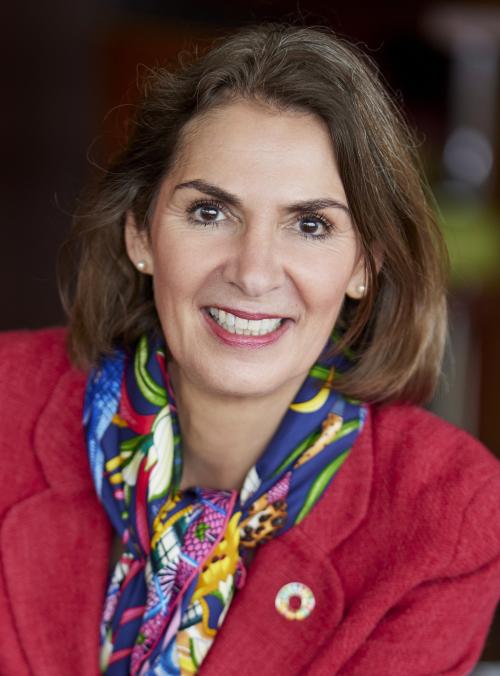Heidrick Struggles study predicts boardroom gender parity is 15 years away
For every woman placed on a Fortune 500 board last year, three men were appointed, according to new research from executive search firm Heidrick & Struggles.
The percentage share of board appointments going to women had been steadily rising since 2009 along with interest from institutional investors like State Street and BlackRock, but in 2016 it fell 2 percentage points to 27.8 percent.
The Fortune 500 will not have gender parity in its boardrooms until 2032, according to Heidrick & Struggles’ predictions in its latest Board Monitor report. This is six years later than the firm’s prediction last year and eight years later than the firm’s 2015 prediction. The news comes after the overall percentage of US board positions held by women fell by 1 percent between 2012 and 2016 (CorporateSecretary.com, 2/27).
Fortune 500 female board appointments, 2009-2016
| Percentage share of women appointed to Fortune 500 boards | Percentage point change | |
|---|---|---|
| 2009 | 18.0% | N/A |
| 2010 | 19.4% | +1.4 |
| 2011 | 21.7% | +2.3 |
| 2012 | 22.8% | +1.1 |
| 2013 | 25.9% | +3.1 |
| 2014 | 29.2% | +3.3 |
| 2015 | 29.8% | +0.6 |
| 2016 | 27.8% | -2.0 |
Source: Heidrick & Struggles
Have we reached a plateau in gender-diverse board appointments?
The pace of change has increased by almost 10 percentage points since 2009. A limited pool of qualified female board candidates has been a go-to explanation for a shortage of gender diversity in the past, and the slowdown in 2016 prompts the report authors to ask: ‘Is this a plateau or dip that will last for some years to come – or merely a pause before the upward climb resumes?’
Women are better represented among first-time board members, accounting for 37 percent of first-time board appointments. But the share of new board appointees fell from 36 percent in 2015 to 25 percent in 2016.
‘When companies place more value on a candidate’s set of skills and experiences than on his or her previous board experience, there is more opportunity for women and people from other underrepresented groups to gain greater representation in the boardroom,’ says Bonnie Gwin, vice chairman and co-managing partner of the global CEO and board practice for Heidrick & Struggles.
Current and former CEOs and CFOs are clearly favored as potential board members, accounting for 66 percent of all board appointments in 2016. This is slightly down on the eight-year high of 73 percent in 2015.
Ethnically and racially diverse board members on the rise
While the pace of change for female directors has decreased, the percentage share of board appointments going to ethnically and racially diverse board members hit an eight-year high in 2016 when 22.1 percent of new Fortune 500 board appointments went to African-American, Hispanic, Asian and Asian-American candidates – a 4 percentage-point increase on 2015.
‘We think this increase is due to more boards focusing on inclusion, and an effort to have companies’ boardrooms better reflect their customer base and employee population,’ says Jeff Sanders, vice chairman and co-managing partner of the global CEO and board practice at Heidrick & Struggles.
African-American board members accounted for 9.3 percent of these board appointments, the same percentage share as in 2015. African-Americans also made up 11 percent of the share of first-time board members.
The share of Hispanic board members rose from 4 percent in 2015 to 6.4 percent in 2016 while the share of Asian and Asian-American board members rose from 4.8 percent to 6.4 percent. Hispanics made up 9 percent of first-time board members, while Asian and Asian-Americans made up 7 percent of first-time board members.









